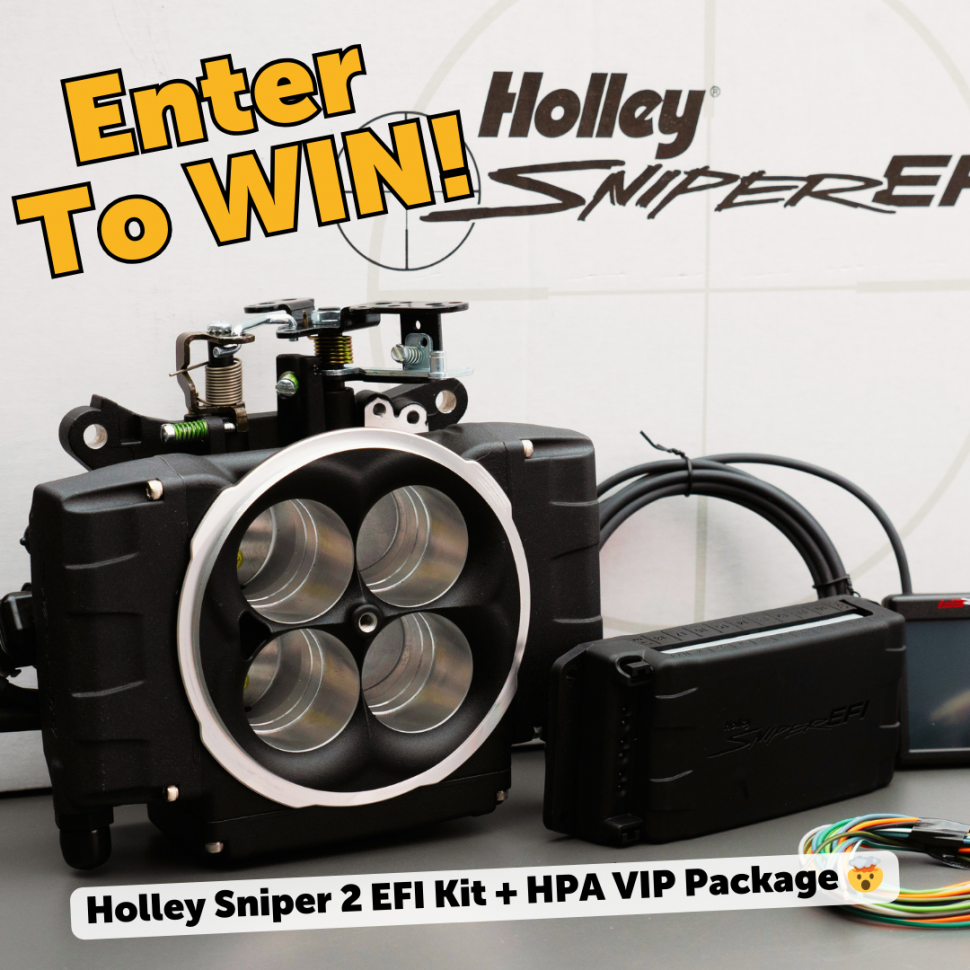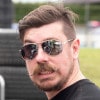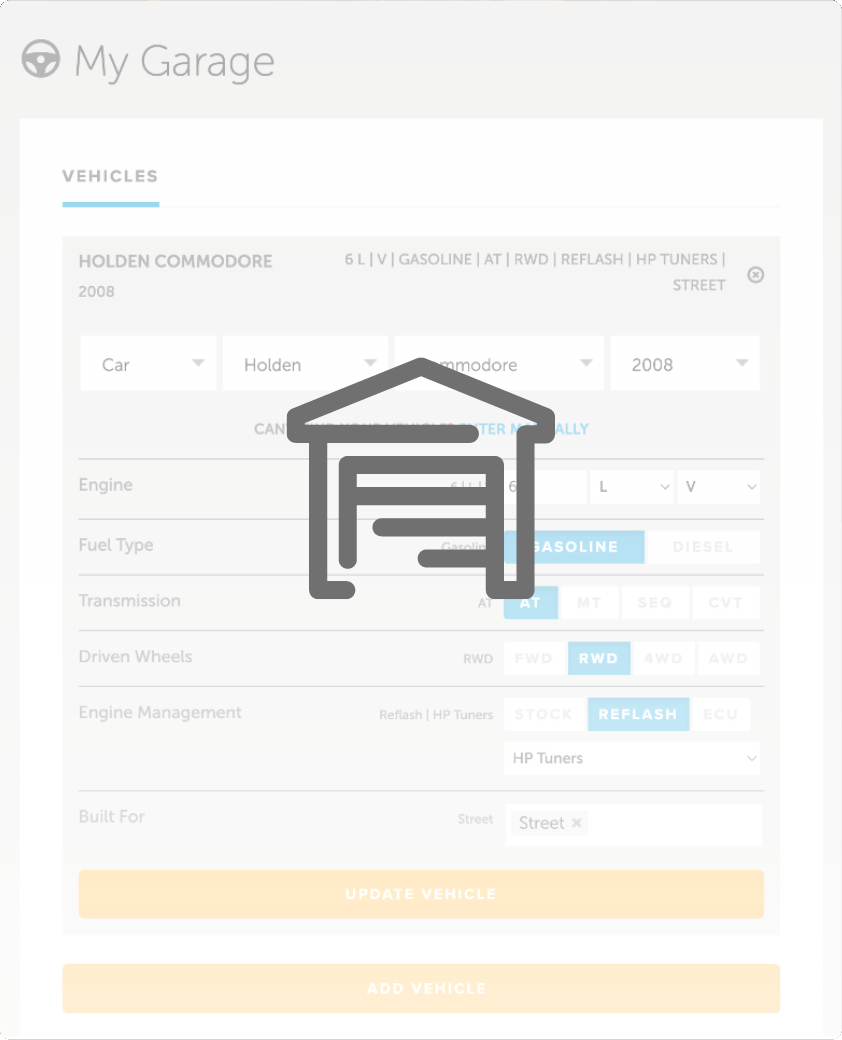| 00:00 |
In this module we're going to be discussing positioning targets and how they're used.
|
| 00:04 |
During the scanning process the scanner picks up on features of the object and uses them to understand its position relative to whatever we're scanning.
|
| 00:13 |
At least for the handheld non-contact scanners it will mostly be using anyway.
|
| 00:18 |
As the scanner moves relative to the object or environment, it tracks this movement, allowing us to work around the object or environment and capture all the data from different angles.
|
| 00:30 |
This tracking is extremely important for the efficiency of the scanner and also the user experience in the scanning process.
|
| 00:37 |
If the tracking is lost, or in other words, the scanner loses its bearings, we'll have to regain this, which in some cases is easier said than done, leading to an extremely frustrating and slow paced job.
|
| 00:50 |
In my personal experience I've also found that when tracking is a problem during scanning and the scanner regularly loses its references, the resulting scan tends to be of a lower quality.
|
| 01:01 |
In a previous module we touched on the fact that certain metrics like the field of view and shutter speed have an influence on tracking.
|
| 01:10 |
In addition to this, how the user controls the movement will also have an impact, with sharp and fast movement being harder for the scanner to comprehend.
|
| 01:20 |
Objects with limited geometry or texture offer less features for the scanner to track.
|
| 01:25 |
Generally, we aren't going to want to change the geometry as this is what we're trying to capture, but it is possible to add some texture to the object.
|
| 01:33 |
Small torn pieces of masking tape are an easy option, or even using a marker pen of some sort that can be easily removed afterwards.
|
| 01:41 |
The best option though are what's known as positioning targets, as the scanner and software are programmed to recognise these and have the ability to remove any evidence of their use from the scan.
|
| 01:54 |
Positioning targets are small stickers with a black outer circle and most often a smaller slightly reflective silver inner circle.
|
| 02:02 |
These are available in different sizes for different scanners, so it's important to use the correct ones for our particular scanner.
|
| 02:10 |
These are also available with different levels of adhesion, depending on what we need to stick them to.
|
| 02:15 |
The downside though is that they're surprisingly expensive for what they are, so we tend to use them sparingly, and even remove and reuse them where we can.
|
| 02:25 |
It should also be mentioned that the scanner can't see what's behind the sticker on target.
|
| 02:31 |
This tends to be more of an issue for missing texture rather than geometry.
|
| 02:35 |
But if we want the software to remove the target, then it'll essentially be making a guess at what's behind the target.
|
| 02:42 |
This is just something to keep in mind and avoid covering important features if possible.
|
| 02:47 |
The positioning targets can be applied directly to the object in a somewhat random layout but relatively even distribution.
|
| 02:55 |
The critical part is having at least three targets within the field of view of the scanner, because three targets are required to understand the position in three dimensions.
|
| 03:06 |
Although more targets is usually better for tracking.
|
| 03:09 |
When using these targets we need to make sure that we select targets as the positioning method in the positioning parameters in the software.
|
| 03:17 |
For small parts that we might want to scan on a bench or even on a turntable, we can stick the targets to the table surface rather than the object itself.
|
| 03:26 |
Or target blocks, which are usually small 3D plastic parts with targets on them, can be placed around the object.
|
| 03:34 |
Just remember that we can't move the object relative to the targets without rearranging them as the scanner will create an incorrect model.
|
| 03:43 |
As a side note here, as you might have already figured out, using a turntable allows the object to be rotated, meaning that we don't need to move around it.
|
| 03:52 |
In summary the scanner will use geometry, texture and targets to understand its positioning and track its movement relative to the object.
|
| 04:00 |
Scanner metrics and setup along with the features of the object we're scanning all influence the scanner's ability to track.
|
| 04:08 |
While we can add visual markers to the object to help with tracking, positioning targets are the most effective option as the scanner is programmed specifically for them.
|
| 04:18 |
Just be sure to use at least three targets within the scanner's field of view and make sure the correct positioning parameters are selected in the software.
|





